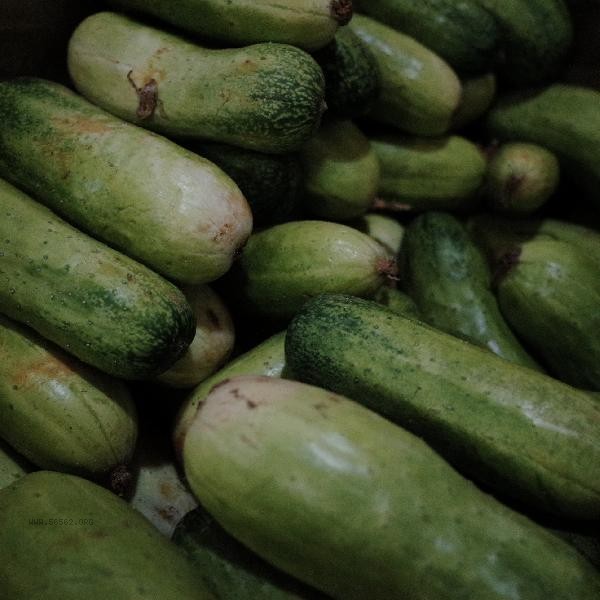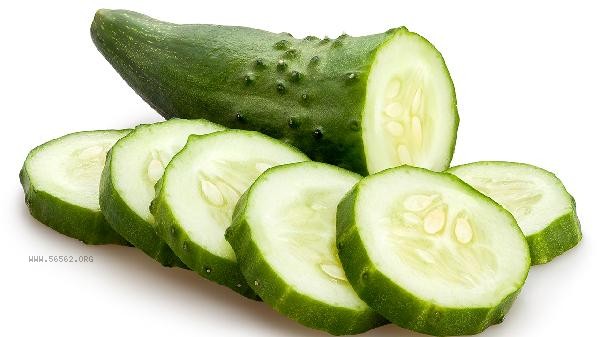Whether cucumbers have gone bad can be comprehensively judged by observing their appearance, smelling their aroma, touching their texture, inspecting their cut surfaces, and tasting their taste.

1. Observe appearance
Fresh cucumber skin appears uniformly dark green or light green, with small protrusions on the surface. Rotten cucumbers may have large areas of yellow spots, black spots, or mold spots, and the skin may shrink and lose its luster. If there is a sticky or slippery feeling or water seepage on the epidermis, it usually indicates the growth of bacteria. Even if the damaged parts of partially decomposed cucumbers are removed, there may still be microbial contamination inside.
2. Smell
Normal cucumbers have a light grassy aroma, but after spoilage, they will emit a sour, fermented, or moldy odor. If there is a noticeable odor after cutting open, it indicates that internal decay has occurred. Cucumbers stored in high temperature environments for more than 3 days in summer should be carefully sniffed and judged even if their appearance is intact.
3. Touch texture
Fresh cucumber has a hard texture and is elastic when pressed. Rotten cucumbers feel soft when pressed and may leak juice. If the overall softness or local depression indicates that the cellular structure has been disrupted. The appearance of transparent frostbite patches after refrigeration is also a sign of deterioration.

4. Check the cut surface
After cutting, observe the color of the flesh. The fresh cucumber cut surface appears white or light green. The cut surface of spoiled cucumber turns yellow and dark, and the seed area turns brown, possibly with flocculent material. If signs of decay are found spreading outward from the core, it indicates that the deterioration has been severe.
5. Taste
Cucumbers that have slightly spoiled may only have a slight bitter taste, while those that have severely spoiled may have a noticeable sour or rotten taste. But for safety reasons, it is not recommended to judge by taste and avoid ingestion of mycotoxins. Special populations such as children and pregnant women should avoid consuming suspicious cucumbers.

When storing cucumbers, it is recommended to wrap them in plastic wrap and refrigerate them to avoid storing them with fruits that release high amounts of ethylene. When purchasing, choose cucumbers with flower stems for freshness, and rinse the surface with running water before cooking. If obvious signs of deterioration are found, they should be discarded immediately and the rotten part should not be removed before consuming the remaining part. Summer cold cucumber salad needs to be cooked and eaten on the spot, and leaving it at room temperature for more than 2 hours may pose a food safety risk. In daily life, observing whether the two ends of the cucumber shrink and weighing whether the weight has decreased can assist in determining freshness.








Comments (0)
Leave a Comment
No comments yet
Be the first to share your thoughts!